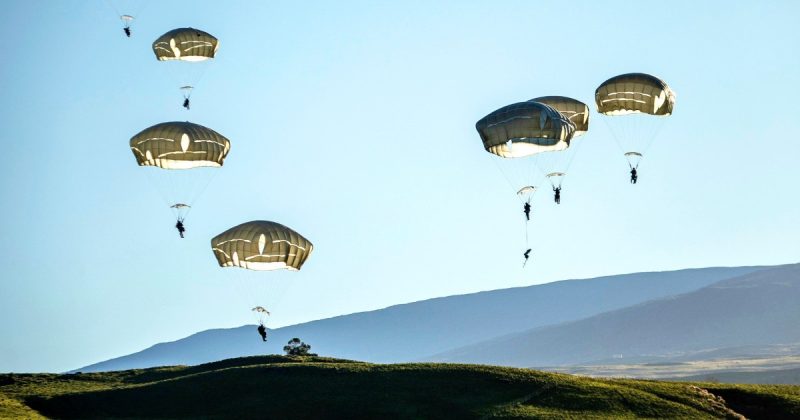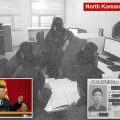
The high-altitude Pohakuloa Training Area on Hawai’i Island is a critical site for the U.S. military, providing the only location in Hawaii large enough for large-scale live-fire exercises. Its strategic importance is growing amidst rising tensions in the Asia-Pacific region, making it a key component of the U.S.’s military readiness. However, this vital training ground sits on land considered sacred by many Native Hawaiians, igniting a fierce debate over its future.
For Native Hawaiians, Pohakuloa holds deep cultural and spiritual significance. It’s a place where their ancestors traversed, quarried basalt for tools, and connected coastal communities. The recent discovery of ancient wooden figures in a lava tube further underscores the area’s historical importance, highlighting a rich and often overlooked heritage. This historical context is inextricably linked to the ongoing struggle for Hawaiian sovereignty and self-determination.
The U.S. military’s presence in Hawaii, encompassing approximately 5% of the islands’ landmass, has a complex history marked by both environmental damage and efforts towards conservation. Past incidents, such as the extensive bombing of Kahoolawe island and the devastating 2021 jet fuel spill into Pearl Harbor’s drinking water, have fueled deep mistrust among Native Hawaiians. These events cast a long shadow on current discussions, raising concerns about environmental protection and the potential for future harm.
The Army’s lease for a crucial section of Pohakuloa, essential for the training’s continuity, expires in 2029. This impending deadline has intensified calls from Native Hawaiian groups for the military’s removal from the area. They cite a history of environmental degradation and cultural disrespect, demanding an end to what they see as ongoing desecration of their sacred lands.
Military officials, however, emphasize the training area’s vital role in maintaining regional stability and deterring potential adversaries. They argue that the scale of Pohakuloa is irreplaceable, highlighting the logistical challenges and time constraints involved in relocating training to the mainland. The area also serves as a training ground for allied and partner militaries, emphasizing its broader strategic value.
The state land board recently rejected the Army’s environmental impact statement, citing concerns about unexploded ordnance and insufficient inventory of ancient burial sites. This rejection has prompted the Army to consider an appeal or potentially negotiate a land exchange with the state. However, such a land swap faces significant hurdles, including the requirement for supermajorities in both the state House and Senate.
The debate extends beyond the immediate question of land use. It reflects broader conversations about land rights, environmental stewardship, and the enduring impact of colonialism. Finding a resolution that respects both the military’s strategic needs and the deep cultural significance of Pohakuloa for Native Hawaiians requires careful consideration, open dialogue, and a commitment to acknowledging the past while striving for a more equitable future.










